Shift your consciousness with Meditation & Mindfulness Practices
By Sue Castellino (@suecastellino)
Over the last few decades, there has been a conscious focus on understanding mysticism through science and well-being practices. Some of this intrigue was born from observing the increasing levels of anxiety and stress, thus needing to go deeper into who we are as humans. In India, the concept of meditation is not a new one and many grow up with a basic working idea of it. However, practicing mindfulness is a largely new concept in the sub-continent, and it has picked up momentum for the amazing results that practitioners experience. So how different are the two?
What Is Meditation?
It is a state of being where the mind and body come into harmony so that one can alter their consciousness or as some would prefer to say, ‘enter non-ordinary states of consciousness’, create inner-awareness and achieve a sense of peace. There are many meditation practices, such as chanting, transcendental and guided meditations, or more familiar ones like Zen, Vipassana, and Dhyana meditation in India.
Meditation brings a host of benefits, namely emotional balance, focus, clarity, reduced stress, temperament regulation, and even elevated states of happiness and joy. Speaking about the importance of meditation, the Dalai Lama says, “The way to develop inner peace through meditation begins with the recognition that the destroyer of inner peace is not some external foe, but is within us. Therefore, the solution is within us too. However, that inner change does not take place immediately in the way that we switch on a light, but takes weeks, months, and years.” This is ultimately why people are so drawn to meditation, and after practicing it diligently, they sense a deepening of their overall well-being and a shift in their consciousness, where they experience a richness in their life.
Zen, Vipassana, and Dyana are some of the most practiced forms of meditation in India, as well as globally. Dyana is essentially the word for meditation in Hinduism and is typically practiced and taught alongside yoga. Although it’s not exclusive to the practice of yoga, most people learn about Dyana or meditation through it.
A stricter version of Dyana is Vipassana, which is one of the oldest known practices of meditation in India; it was rediscovered by Gautama Buddha over 2500 years ago. According to Amit Ray in the book, Yoga and Vipassana: An Integrated Life Style, “Vipassana meditation is an ongoing creative purification process. Observation of the moment-to-moment experience cleanses the mental layers, one after another.”
It is an observation and direct experience based self-exploratory journey that brings one in touch with the patterns and laws that operate on our thoughts, feelings and emotions. It opens up a space to understand how one grows or regresses, produces suffering or frees oneself from it by cultivating increased awareness, non-delusion, self-control and peace. People who practice Vipassana often use it for the ultimate purging of negative patterns and behaviors and the fulfillment of their desired goals.
Then there is Zen meditation, also rooted in Buddhism and is one of the easier meditations to add to a hectic schedule. Easy, because there are no firm set of rules to follow. In simple terms, Zen meditation is about stopping thought and focusing on the mind. Practitioners of this meditation, typically, sit in a lotus position, eyes semi-shut, count their breath, and quieten their minds.
Sounds simple, right?
Stopping thought and focussing on the mind is a lot harder than most people anticipate. Try thinking about nothing for the next 30 seconds. Difficult, right? Now, try thinking of the words ‘tasty french fries’ for the next 30 seconds. Just the words, nothing else.
What you experienced right now, in a nutshell, is a flirtation with mindfulness.
What is Mindfulness?
Being fully present and aware of where you are and what you’re doing without overly reacting to what’s going on in your surroundings: that’s the art of mindfulness. It can even be practised while engaging in the most basic tasks like cooking, cleaning and even while taking a walk. Mindfulness is something any human can do naturally, but it is also practiced and perfected in many forms, meditation included.
Unlike other meditations and practices, being mindful comes naturally to us with a little practice - which is why it has become so popular. There are two main figures at the helm of the mindful movement: they are Thich Nhat Hanh, often called the father of mindfulness, and Jon Kabat-Zinn, known for bringing mindfulness to mainstream medicine. Kabat-Zinn is best known for his Mindfulness-Based Stress Reduction meditations (MBSRM) and clinic that have revolutionized the way people perceive meditation, making it a practice that is easy to follow and commonsensical - attributing to its popularity.
However, none of his success would have been possible without Thich Nhat Hanh, who was instrumental in bringing mindfulness from the East to the West. After being exiled by the Vietnamese government for protesting the war, the father of mindfulness traveled the world with his message of peace. Creating mindful communities (Sangas) globally, along the way. Over the years, his peaceful messages and teachings have impacted many political leaders and celebrities such as Dr. Martin Luther King and Oprah Winfrey. Now, at the age of 95 years old, Thay, as his disciples called him, after 40 years of being in exile was living out his ‘transition’ phase back in Vietnam, until his death on 22nd January, 2022. His
So, Mindfulness or Meditation?
There is no right or wrong direction when it comes to diving deeper into your spiritual journey. Both meditation and mindfulness are vehicles that will help you further your discovery to becoming a conscious and aware super-sapien!

